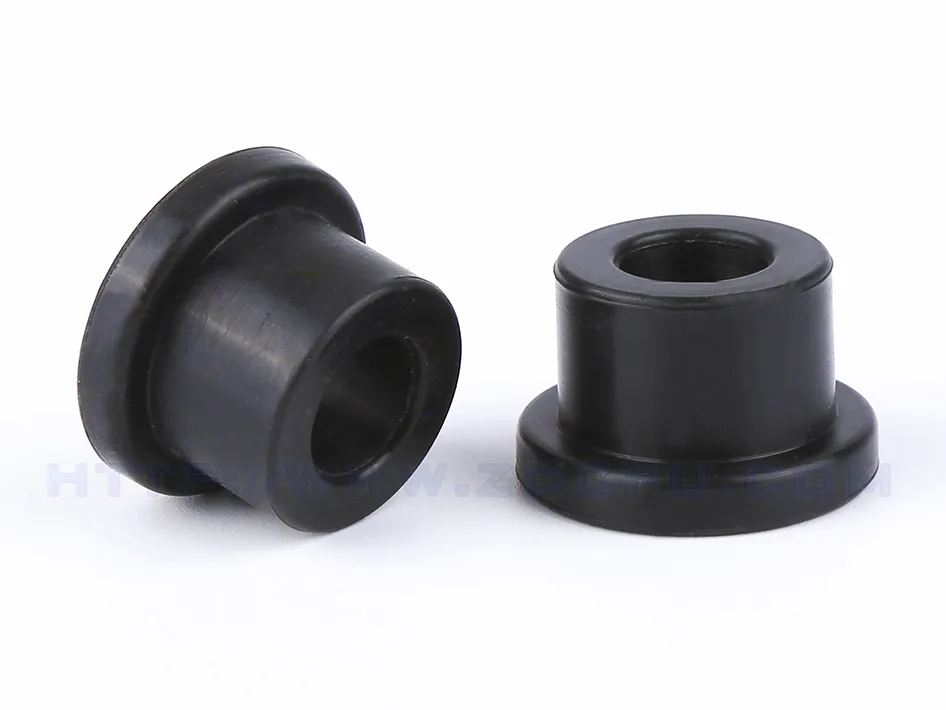
Home » NR

NR
Material Type
Rubber
Material Full Name
Natural Rubber
Process Compatibility
Compression Molding, Injection Molding
List of Elastomer & Rubber Material
List of Plastic Material
List of Metal Material
NR Description
Price
$$$$$
Strength
Elasticity and resilience, good tear strength, abrasion resistance.
Weakness
Susceptibility to degradation from ozone, UV light, and oils.
Common Application
Tires, conveyor belts, seals, footwear, industrial hoses, sporting goods.
NR Properties
Natural rubber (NR) is a versatile elastomer derived from the latex sap of certain plants, most commonly the rubber tree Hevea brasiliensis. It possesses exceptional elasticity, resilience, and tear resistance, making it ideal for various applications. NR is renowned for its ability to return to its original shape after deformation, making it invaluable in industries such as automotive, construction, healthcare, and manufacturing.
Properties at a Glance
*Pease note: The following material properties are for reference only. Actual values may vary depending on the selected material brand.
| Property | Metric | English |
|---|---|---|
| Density | 0.91-0.93 g/cm³ | 56.87-58.04 lb/ft³ |
| Shore Hardness A | 30-95 | 30-95 |
| Tensile Strength | 3.45-24.13 kPa | 500-3500 PSI |
| Elongation at Break | 300-800% | 300-800% |
| Min Temp. | -55°~-30°C | -70~ -20º F |
| Max Temp. | 80°C~105°C | 180º~ 220º F |
Chemical Properties
- Resistant to water, acids, and alkalis.
- Low resistance to oils and hydrocarbons.
How to Improve NR Properties
NR can be modified through various methods which can enhance specific properties like durability, weather resistance, or elasticity.
- Blending with other polymers: NR can be blended with other polymers to create hybrid materials with enhanced properties. For example, blending NR with synthetic rubbers like SBR (Styrene-Butadiene Rubber) can improve abrasion resistance and reduce cost.
- Vulcanization: Vulcanization is a chemical process that involves adding sulfur and heating the rubber to improve its strength, elasticity, and resistance to heat, abrasion, and aging. This process forms cross-links between polymer chains, making the rubber more durable and stable.
- Addition of fillers and additives: Fillers like carbon black or silica can be added to NR to improve its mechanical properties such as tensile strength, tear resistance, and abrasion resistance. Additives like antioxidants, UV stabilizers, or plasticizers can also be incorporated to enhance specific performance characteristics or extend the material's lifespan.
Get Custom NR Parts with Zhongde
Is NR rubber biodegradable?
NR rubber is biodegradable, meaning it can decompose naturally over time, making it environmentally friendly.
Can natural rubber be recycled?
Yes, NR rubber can be recycled through various processes such as mechanical recycling, where the rubber is ground into granules and reused in various applications, or chemical recycling, where the rubber is broken down into its constituent molecules and used to produce new rubber products.
Is natural rubber safe for use in food contract applications?
Yes, natural rubber can be made in food grade. Food grade nr material is considered non-toxic, high-temperature range, and resistant to water and mold.




